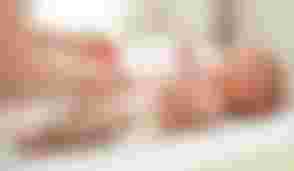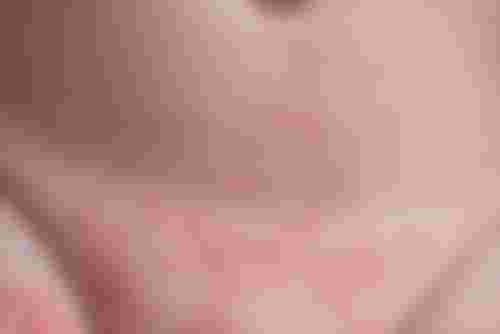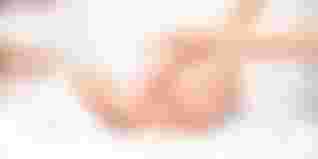One of the annoyances that most commonly steals the baby's smile and with it, his mother is dermatitis, as the skin of the youngest children is especially sensitive to fungal conditions, as well as to irritation due to humidity, giving rise to to what is known as diaper rash, there are simple measures with which you can avoid what hurts so much the tranquility of the little ones.
How to recognize diaper rash:
The baby's tail is red and swollen, with swollen bumps around the diaper area. If the dermatitis also has pink bumps around a red part of the diaper area or around the baby's mouth, it may have turned into a fungal dermatitis, which needs to be treated with topical antifungals.

When it's not diaper rash
According to experts, what is believed to be diaper rash on the baby's bottom may be another mild skin condition, typical of childhood. Therefore, it is key to recognize the difference between diaper rash and other conditions to treat them effectively, such as seborrheic dermatitis and prickly pear, which are commonly confused.
Impetigo is a contagious bacterial skin infection that appears in the diaper area, on the face and hands, with pimples and honey-colored sores that blister and itch. Due to its contagious nature, all members of the family should wash their hands very well with antibacterial soap to avoid contagion. Faced with this type of injury, the pediatrician should be called, who will prescribe an antibiotic or oral antibiotic cream.
For its part, seborrheic dermatitis is a common skin condition that affects children in their first year. You will find raised, rough, red patches covered in thick white or yellow scales on the baby's groin, genitals, and lower abdomen.
When similar patches appear on the scalp, the lesion is known as cradle cap. It is treated with over-the-counter cortisone or hydrocortisone ointment to the affected area. Keep the baby clean dry. If the condition does not improve, the pediatrician may prescribe a stronger cortisone cream.
What is the cause of diaper rash?
Most cases of diaper rash are the consequence of skin irritation due to moisture.
Changes in skin pH, protein damage from bowel movements, and secondary infection with bacteria or fungi are the main culprits.
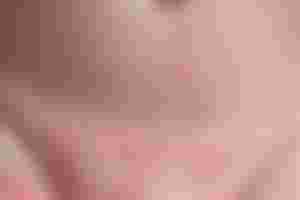
Here are some of the most common causes:
Not cleaning the diaper area properly. Because diaper rash is caused by the pH changes that occur when bowel movements and urine combine, you will need to gently and thoroughly clean any dirt from your baby's sensitive skin.
Use an alcoholvfree cloth or soft washcloth and warm water. The skin has less of a problem with water alone, while other butts may need a mild soap.
Avoid cleaning with rough cloths, as this will only make the dermatitis worse and your baby will feel more fussy. Although most baby wipes do not contain alcohol, be sure to read the label and avoid any, as this will make the dermatitis bothersome and more irritating.
Not changing diapers often enough. Studies have shown that children who are changed at least eight times a day have diaper rash less often.
Frequent diaper changes are important for two reasons:
1) Prolonged moisture makes the skin fragile and prone to dermatitis.
2) The more time urine and bowel movements spend together, the more time the enzymes in the stool will have to hurt the baby's skin, which, due to its immaturity, does not yet have the protective layers that develop with age.
Fungal infections Once your baby's skin has been moist for a long time, it becomes susceptible to fungal infections, the most persistent type of diaper rash.
Antibiotics can cause diarrhea, which in turn could lead to fungal dermatitis, which you will recognize by the pink, reddish or white pus-filled bumps surrounding the diaper area. The baby may also have white patches in the mouth and the mother may have sore breasts if she is breastfeeding. See your pediatrician for antifungal treatment if this persists.
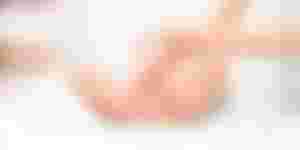
Prevention and treatment
Tips to prevent diaper rash:
Make sure to change your baby's diapers as soon as possible when they get dirty.
Clean your baby's genital area carefully after each bowel movement and allow the area to dry being careful not to rub the skin too much.
Put a protective layer of ointment or petroleum jelly on your baby's bottom.
When you put on a clean diaper, don't close it too tight; let some air circulate.
Try to use extra absorbent or petrolatum-treated diapers on the top layer that is in contact with your baby's skin.
Check your baby's diaper area a lot if she is taking antibiotics, or has diarrhea.
Here are some proven methods of treating diaper rash once it exists:
Air out the skin, let your baby spend some time every day without the diaper (although you may have to leave a diaper or cloth nearby in case of an accident).
After a bowel movement, clean your baby's bottom and dry it well before putting on a diaper.
Apply a thick layer of zinc oxide or petroleum jelly ointment, or one recommended by your baby's doctor, to prevent urine from reaching the affected area.
If all else fails, try another brand of diapers or a different washing powder. If your baby uses cloth diapers.
If the dermatitis does not go away after a few days or if blisters with pus appear.
Seborrheic dermatitis is common in babies under one year of age, but easy to treat.
